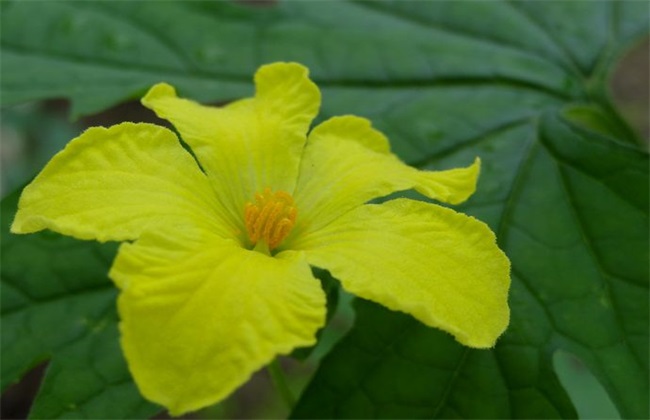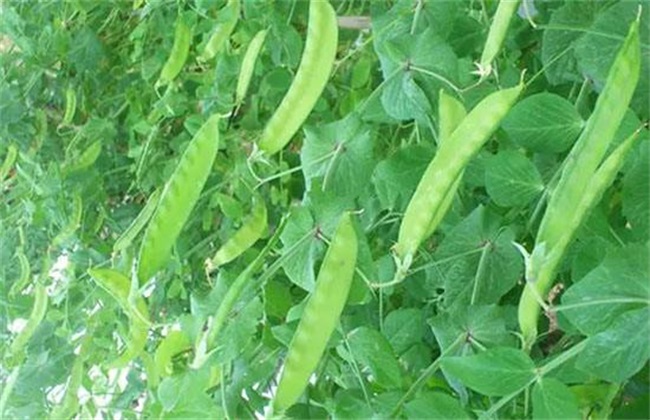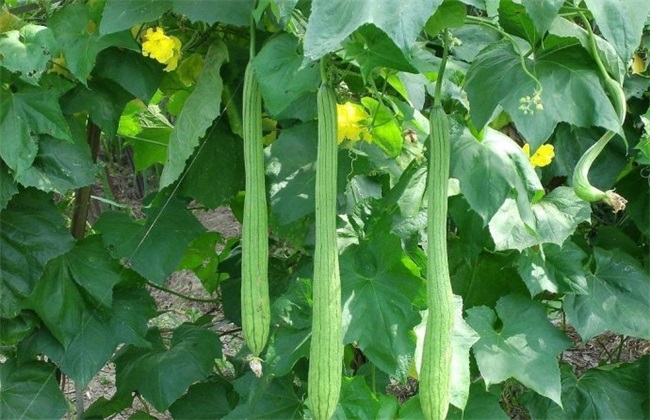Management of flowering stage of balsam pear
The first critical period of balsam pear planting is the flowering period. The management of flowering period directly affects the fruit setting rate of the next important period and directly affects the yield. Therefore, it is very important to do a good job of fertilizer and water, temperature, humidity, pruning, ensuring the success rate of pollination and prevention and control of diseases and insect pests during flowering. Must cause the attention when planting, then will talk about the specific management operation content and the point that should pay attention to later.

1. Fertilizer control and water control
After binding the vine before flowering, you can start to use flower-promoting fertilizer, generally mainly apply compound fertilizer, reduce the amount of nitrogen fertilizer, increase phosphorus and potassium fertilizer, and spray 0.2% boron fertilizer solution to protect flowers after flowering. When a batch of flowers sit fruit, it is necessary to apply quick-acting chemical fertilizer once, about 4 times after topdressing, and all the melons are stable. The first time to promote flower fertilizer can be irrigated once three days to ensure that the water needed for flowering, except for drought, do not water, watering will cause falling flowers and fruits.
2. Temperature and humidity
The general florescence is in the appearance of entering summer, so the temperature should be higher, but not too high, and the most suitable temperature is between 20 and 25 degrees. Above 18 degrees can blossom, more than 30 degrees affect flowering, and then easy to shine up into pollen death, floral organ hypoplasia, resulting in deformed flowers. During the flowering period, the soil moisture had better be kept at 45% to 50%, the surface layer is dry, and the soil of the root system has enough water content after 3 cm underground. The environmental humidity between the rows of the plant can be appropriately higher to keep the leaf moisture, which is beneficial to the transport of nutrients.
3. Branch adjustment
When all the flowers are seated, it is necessary to remove some weak flowers and excess flowers, that is, the strong branches leave 4 to 5 female flowers, one to two male flowers, and three female flowers and one male flower to ensure good pollination and fertilization. After thinning flowers, the weak branches can be removed in time, generally mainly to remove the weaker branches. Just leave 6 to 7 side branches on the main vine, and the small branches on the side branches can be thinned out when they are dense. Don't worry too much at other times. In this way, nutrition is concentrated and the quality of melon is guaranteed.
4. Disease and pest control
Aphids and whitefly are the main pests at flowering stage. The main harm to leaves, leaves lose the ability of photosynthesis, unable to provide products to flowers and fall flowers. Spray 1500 times omethoate aqueous solution or 10% imidacloprid wettable powder. The main diseases are powdery mildew, and the main victims are leaves and stems. Diseased branches should be cut in time, less nitrogen fertilizer should be applied, and no stagnant water should be applied. Spray 50% colloidal sulfur 100 to 500 times. Anthrax spray 50% carbendazim 500 to 600 times, once a week three times in a row.
During the flowering period, fertilizers should be applied to promote flowering, and then good temperature and humidity should be maintained to maintain growth. In addition, adjusting branches and vines can concentrate superior resources to supply fruits and ensure quality and yield. Finally, it is the prevention and control of diseases and insect pests that cause falling flowers without bearing fruit. Doing these well is the main management content of the flowering period.
Related
- Where is it suitable to grow horseradish in China? it is expected to see the middle altitude horseradish in Alishan.
- How to prevent tomato virus disease reasonably? (Control methods included)
- Many people like to plant towel gourd on the balcony. What are the main points of this method and management?
- What crops can chili peppers be mixed with?
- Fertilization techniques and matters needing attention in Tomato
- What are the grafting techniques for peach seedlings in spring?
- Harm and control methods of root swelling disease of Chinese cabbage
- What are the pests of sweet potatoes? How to prevent and cure it?
- Symptoms, causes and Control methods of navel Rot in Tomato
- The cause of "Cucumber rotten bibcock" in Farmers' planting Cucumber and its Control Plan



